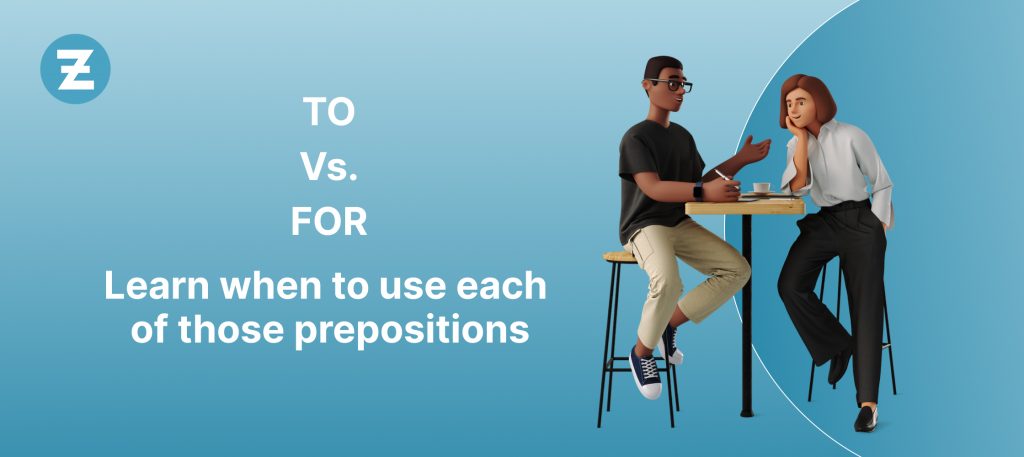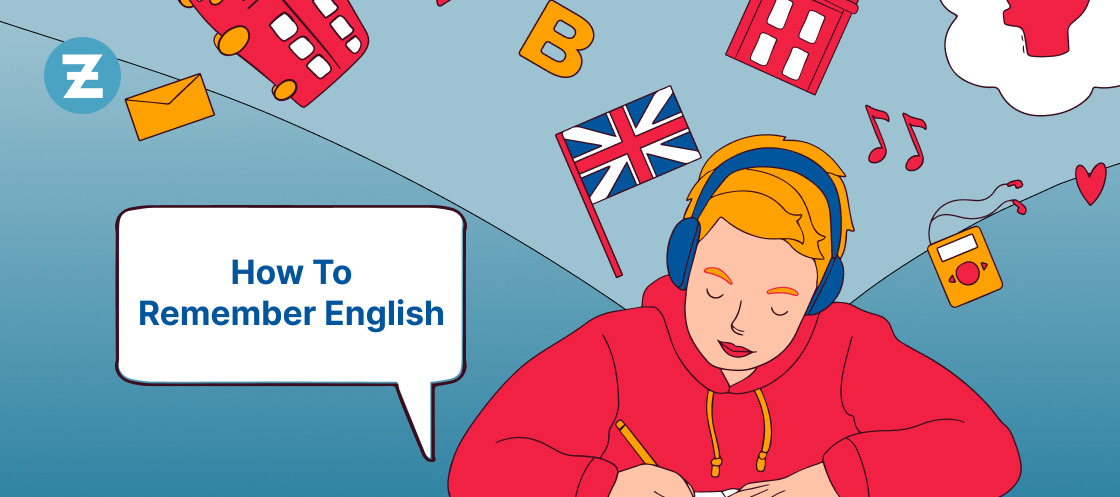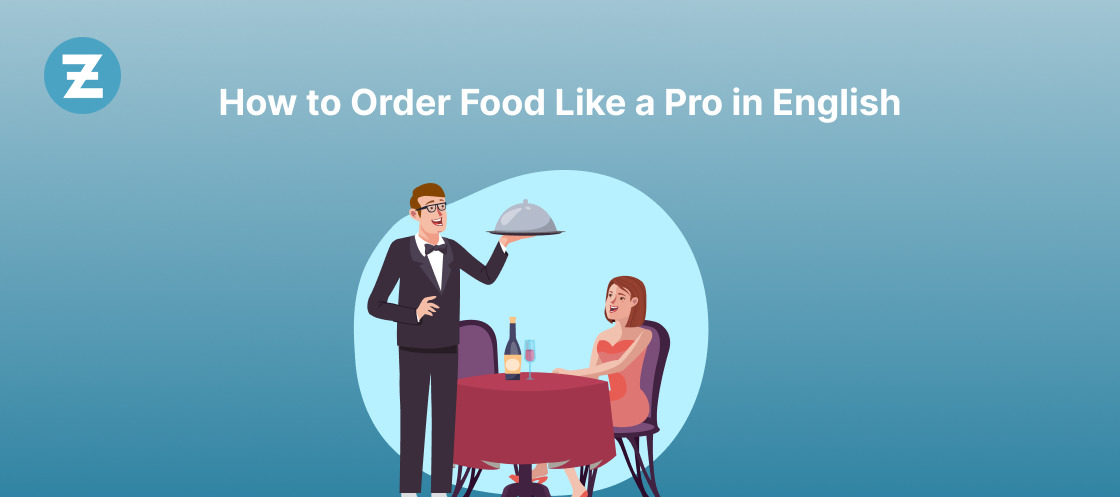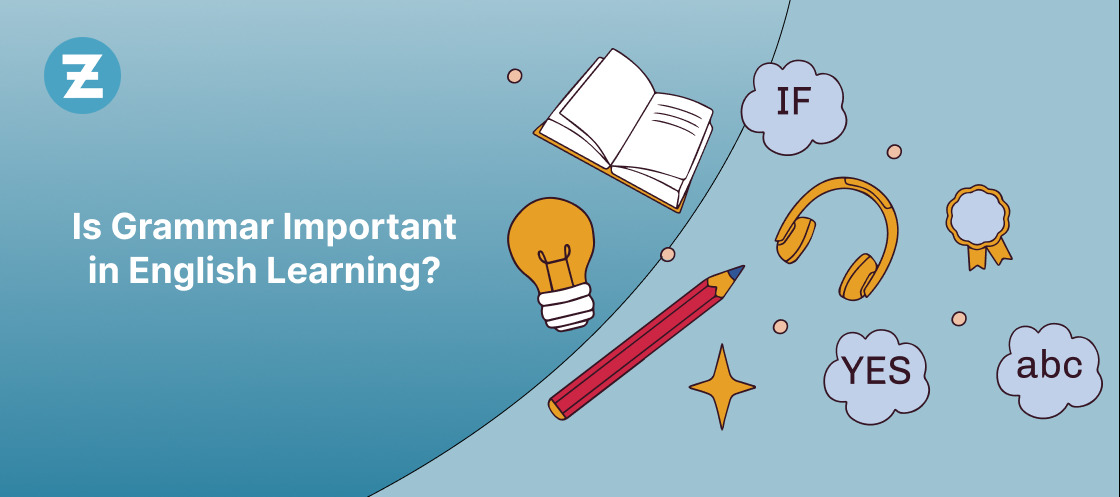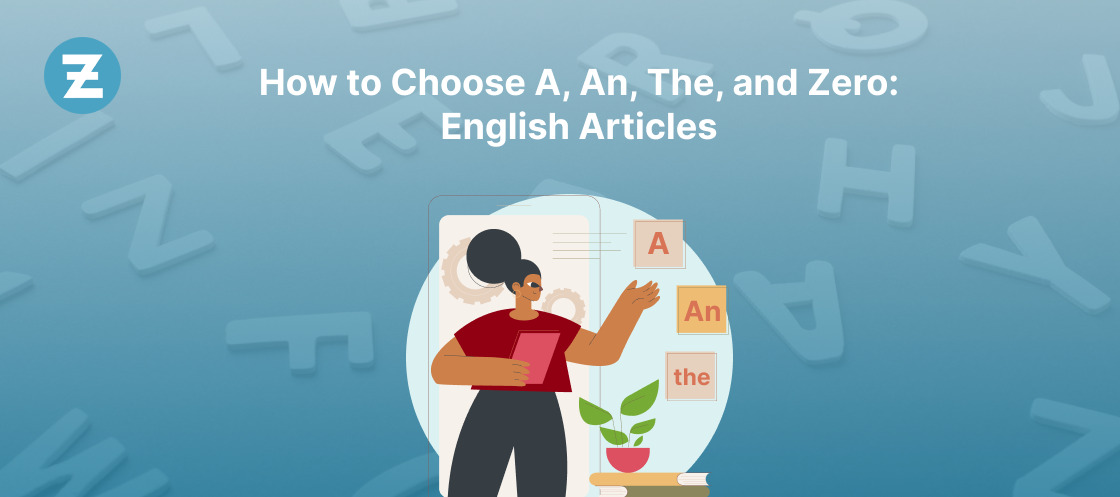Are you confused about when to use “to” and when to use “for” in your writing or speaking?
Don’t worry; you’re not alone. Many people struggle to understand the difference between these two commonly used prepositions. While they may seem interchangeable, they have distinct meanings and usages that can significantly impact your writing.
This blog post will explore the difference between “to” and “for” and how to use them correctly in various contexts.
Whether you’re a student, a writer, or simply want to improve your communication skills, understanding the nuances of these prepositions is essential.
So, let’s dive in and unravel the mystery behind “to” vs. “for.”
| Improve your listening and speaking skills in English with Zoundslike’s fun and easy-to-use app! |
What Is The Difference Between TO and FOR?
It’s common to confuse “to” and “for” as they are both prepositions but have distinct meanings and usages. Understanding the differences between these two little words can significantly impact your writing and speaking.
Let’s take a closer look. “To” is a preposition of direction and can express movement, whereas “for” is not, except in rare cases like “headed for a dead end.” Additionally, “to” can indicate the infinitive form of verbs, while “for” cannot.
On the other hand, “for” has its unique uses that “to” doesn’t have. It can act as a coordinating conjunction, connecting two clauses in a sentence, which “to” cannot do.
Apart from being prepositions, both “to” and “for” can also be used as parts of phrasal verbs. In these cases, they no longer function independently and instead take on the meaning of the particular phrasal verb.
By understanding the nuances of “to” and “for,” you can communicate more effectively and accurately, avoiding ambiguity and misinterpretation in your writing and speaking.
Read Also: 29 Sports Idioms In English With Examples
Why Do We Need To Understand The Difference Between “to” and “for”?
Understanding the difference between “to” and “for” is essential for effective communication, whether writing, speaking, or reading.
Here are some of the reasons why:
- Clarity: Using the correct preposition can help avoid confusion and ensure your message is clear. Using the wrong preposition can lead to ambiguity and misinterpretation.
- Accuracy: Proper use of prepositions can help convey the intended meaning accurately. It can also make your writing or speaking more precise and effective.
- Context: The choice between “to” and “for” depends on the context. Understanding the context can help you select the right preposition.
- Grammar: Correct use of prepositions is essential for good grammar. It can help you avoid common errors and improve your overall language skills.
- Professionalism: Whether you’re writing a business email, a report, or a resume, using the correct preposition can help you sound more professional and polished.
- Cultural Awareness: Prepositions can vary across different cultures and languages. Understanding the nuances of “to” vs. “for” can help you communicate more effectively with people from different backgrounds.
| Upgrade your English pronunciation and listening abilities with Zoundslike’s interactive learning platform! |
When to use to
Here are some examples of how to utilize the preposition “to”:
-
Direction:
Expressing direction or movement towards a particular destination or location.
For example, “I’m going to the store.”
-
Receiving:
Indicate the recipient of something.
For example, “I’m giving this book to my friend.”
-
Connection:
Showing a connection or relationship between two things or people.
For example, “This song is dedicated to my mother.”
-
Attachment:
Showing attachment or connection to something or someone.
For example, “The leash is attached to the dog’s collar.”
-
Comparison:
Introducing the second part of a comparison.
For example, “Cooking dinner for four people is easy compared to cooking for a large party.”
-
Reason (with verb):
Indicate the reason for an action or behavior.
For example, “I went to the gym to exercise.”
Read Also: 44 Animal Idioms to Spruce Up Your English Vocabulary
Other main uses of to
-
Infinitive verbs:
Used before the base form of a verb to create an infinitive verb, which can function as a noun, adjective, or adverb.
For example, “To swim is my favorite hobby.”
-
Indirect object:
Introduce the indirect object of a sentence, which is the recipient of the direct object.
For example, “I gave the book to my friend.”
-
Time and duration:
Indicate a specific time or duration, such as “from Monday to Friday” or “for three hours.”
-
Purpose:
Indicate the purpose or intention of an action, such as “I went to the store to buy groceries.”
-
Infinitive phrases:
Used with a verb to form an infinitive phrase, which includes any additional words or phrases that modify or complement the verb.
For example, “I need to study for my exams.”
Read Also: Common English connectors used in everyday conversations
When to use for
The word “for” is a preposition that can have various meanings and uses depending on the context. Here are some common uses of “for” with examples for each of the given words:
-
Support:
Indicate that something is in favor of or in support of something else.
Example: “I am for the proposal to increase funding for education.
-
Representation:
Indicate that something stands for or represents something else.
Example: “The letter ‘A’ stands for the sound /eɪ/ in English.”
-
Exchange:
Indicate that something is given or received in exchange for something else.
Example: “I traded my old car for a new one.”
-
Length:
Indicate the duration of time that something lasts or takes.
Example: “The meeting lasted for two hours.”
-
Gratitude:
Express gratitude or appreciation for something.
Example: “Thank you for your help.”
-
Reason (with noun):
Introduce the reason for something.
Example: “I am going to the store for groceries.” (the reason for going to the store is to buy groceries)
Read Also: Most Useful American Slang Words You Need to Know
Other main uses of for
-
Conjunction:
“For” can be used as a coordinating conjunction to connect two independent clauses, indicating a reason or explanation for the second clause.
Example: “I had to stay late at work, for I had a deadline to meet.”
-
Comparisons with what’s normal:
Express a comparison with what is normal or typical, indicating a departure from the norm.
Example: “For a five-year-old, he has an impressive vocabulary.”
-
Scheduling:
Indicate a specific time or date when something is scheduled to happen.
Example: “I have an appointment with the doctor for next Tuesday.”
| Upgrade your English pronunciation and listening abilities with Zoundslike’s interactive learning platform! |
Common word pairings that use to and for
Here are some common word pairings that use “to” and “for”:
“To” pairs with:
- Go to
- Talk to
- Listen to
- Belong to
- Give to
- Look forward to
- Respond to
- Speak to
- Write to
- Send to
“For” pairs with:
- Thank you for
- Pay for
- Apply for
- Wait for
- Look for
- Search for
- Plan for
- Vote for
- Care for
- Work for
Note that these are just a few examples of common word pairings, and there are many more uses of “to” and “for” depending on the context and meaning of the sentence.
Read Also: 15 English Phrases To Express Your Feelings
Conclusion:
The use of “to” and “for” can be confusing in the English language. It’s important to understand the different contexts in which they are used in order to use them correctly.
If you want to improve your English language skills, consider downloading the free app Zoundslike. With this app, you can play games with a partner and improve your spelling and pronunciation easily.


